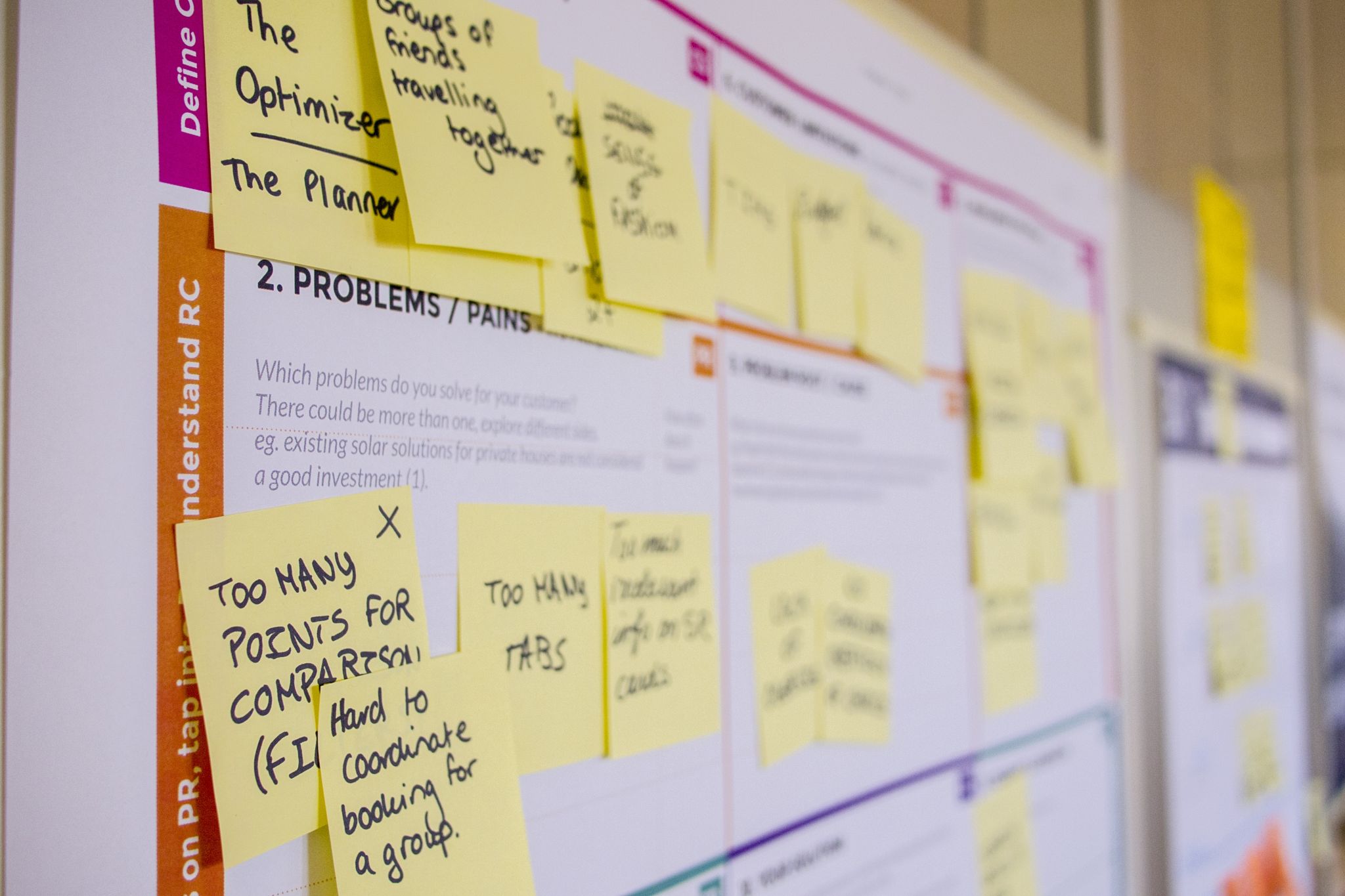It is impossible for an employee who cares about having a successful yearly performance review and gain a variety of profits that come with it, to go through that assessment that is extremely important for one’s career path, with no prior preparation. It is, therefore, highly recommended to prepare as thoroughly as possible. For both parties, whether it is the employer or the employee, a yearly performance review is not to be taken lightly. You will find, in this article, all the essentials you need to know to calmly deal with that assessment review that is generally something very stressful for a lot of workers. We will see how to be ready beforehand, for the yearly review itself. It is even more necessary knowing that it is unthinkable to go to it without preparing that assessment down to the smallest detail. There is a reason why normally, they inform you about your yearly performance review about 15 days before, actually.
A. Self-evaluation, an essential step before undergoing your yearly performance review
A yearly performance review is an assessment that asks for a maximum of objectivity because after all, it is a way of improving. This is the reason why, as an employee, you need to go through the process of a self-evaluation before the actual interview.
Usually, you must go through that process all year long but if that is not the case, take advantage of those 15 days that they normally give you to think about it and put in writing all the elements that would allow you to be as accurate as possible on the big day. A self-evaluation represents an essential step to successfully pass your yearly performance review. It is crucial to be objective if you want to earn some credibility from your employer. In brief, a self-evaluation for a yearly performance review must be done in 6 big steps.
B. The steps to a self-evaluation for a yearly performance review
1. Do a report of your year. It must have a direct link between your accomplishments and your goals.
2. Make a list of your main accomplishments and of the areas where you struggled throughout the year.
3. Complete an accurate self-evaluation. How well do you know or are you efficient in your way of handling this or that task?
4. Identify the areas where you might need some improvements. Keep in mind that being objective can only work on your favor and will show that you are clear headed and capable of questioning yourself.
5. choose some potential training in areas where you are struggling with. Based on areas where you need improvement, you should be able to know if and where you need training.
6. Draft your short term and long term goals : how do you see yourself developing within the company, what next steps you plan on taking toward your career path? Have you decided to leave the company and when exactly are you planning on doing so?
C. Carefully fill out the evaluation table…
Your company could possibly hand you an evaluation table. If that is the case then make sure to fill it the right way. If you use that tool the way you should use it then it should allow you to identify your assets and you weaknesses in terms of improving. A well written evaluation table should contain objective elements.
The goal of such a document is not to judge you as a person but to put you in a perspective of analysis of your performances and your behaviors so you can take the actions that are required. In other words, self-evaluation is a way that allows you to have a review of your assets and your weaknesses so you can find your own ways of improving them. Once you have done this assessment, you can peacefully go through the yearly performance review itself.

